
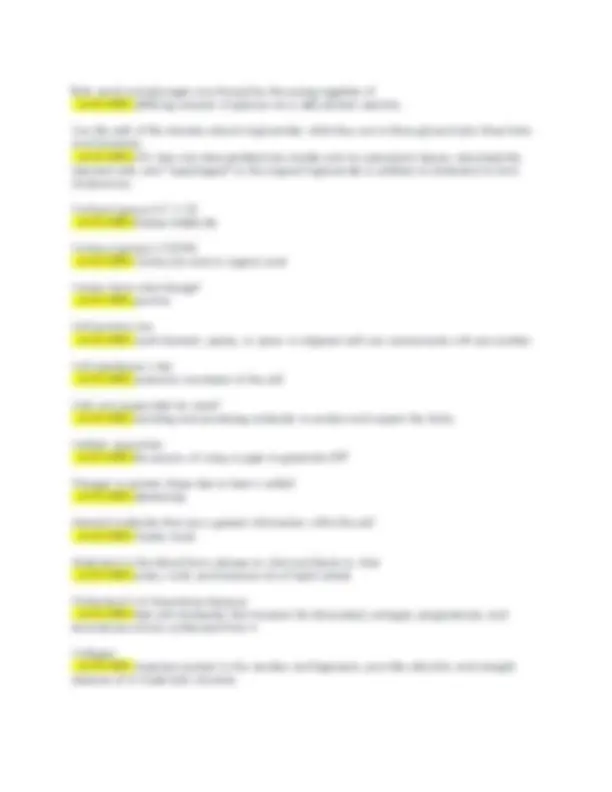
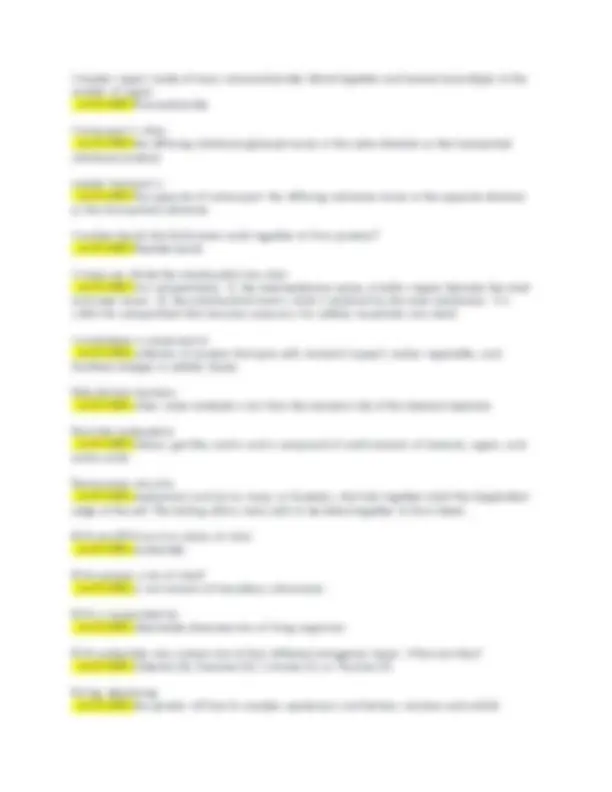
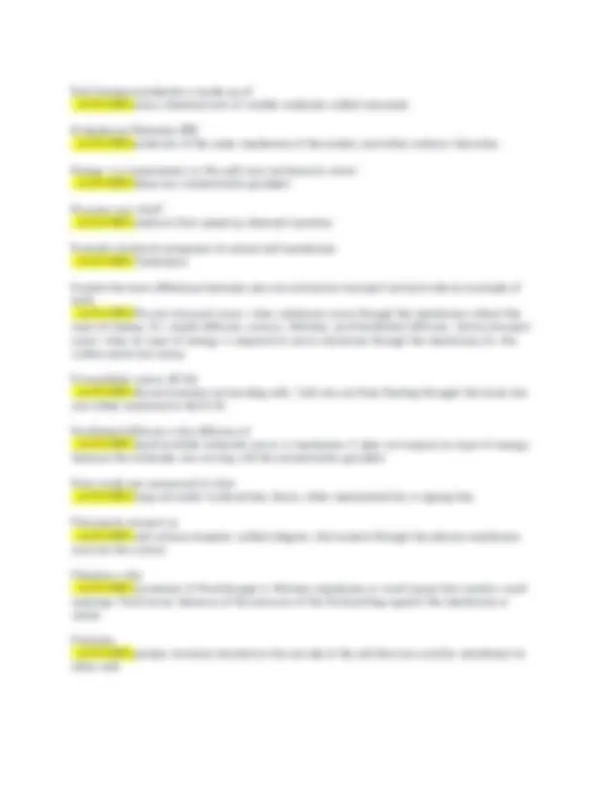

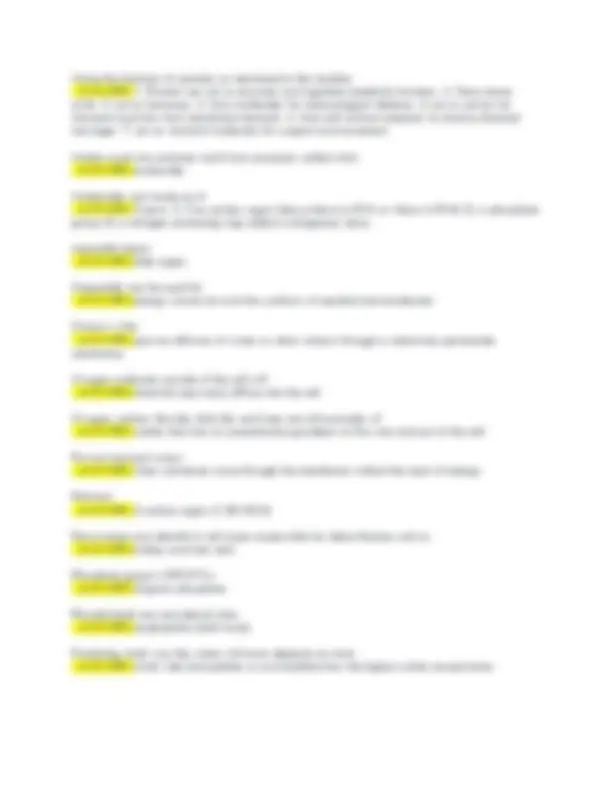
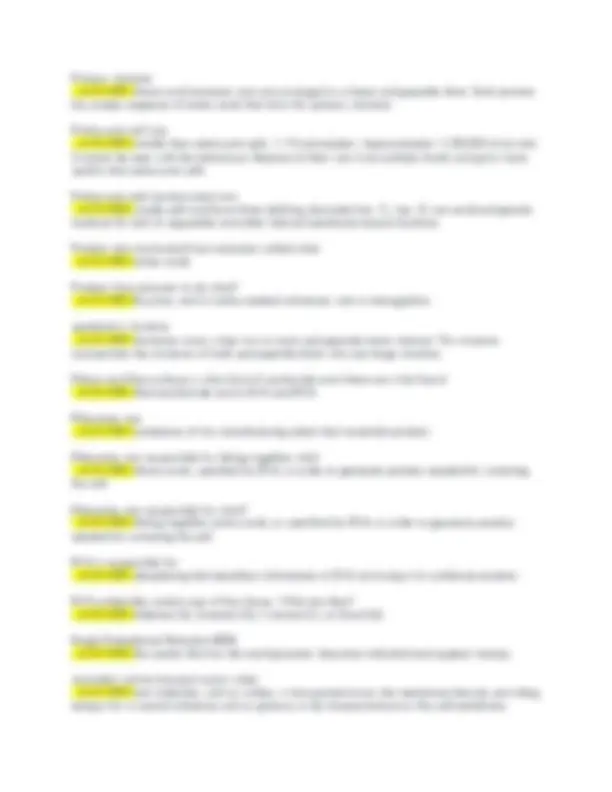
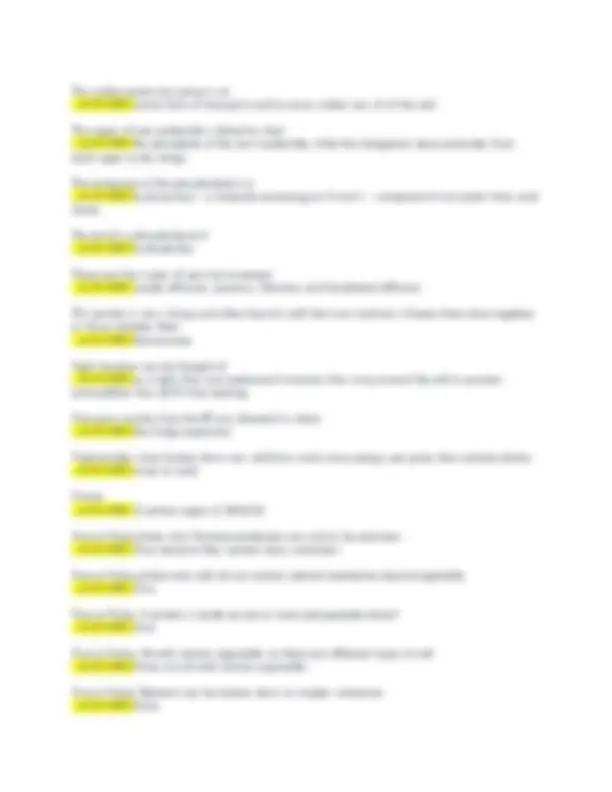
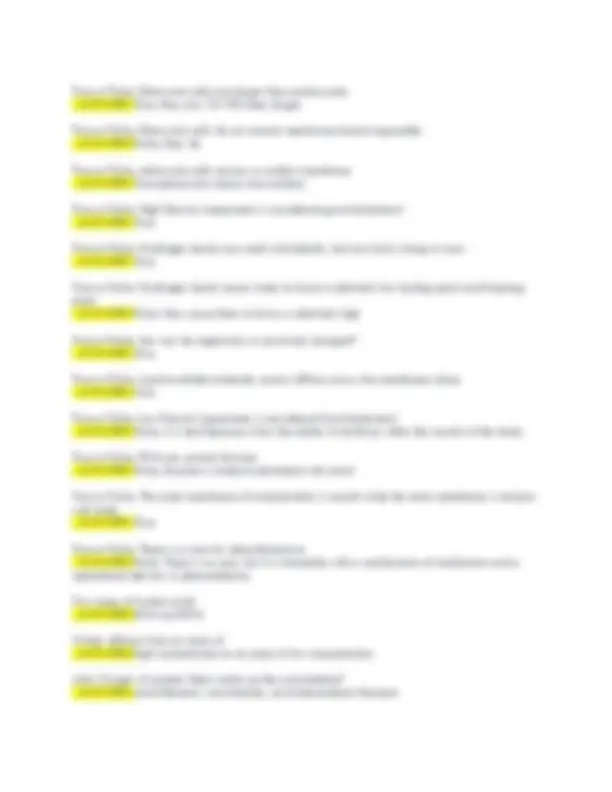
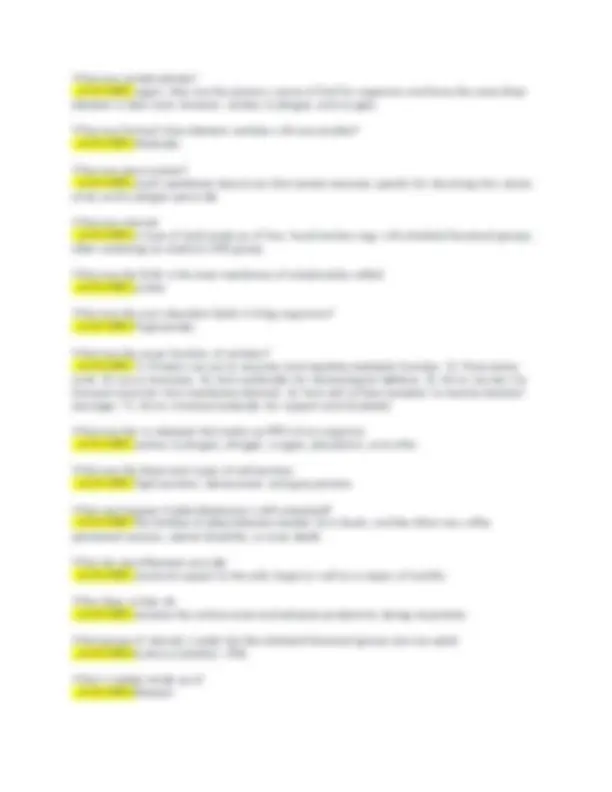
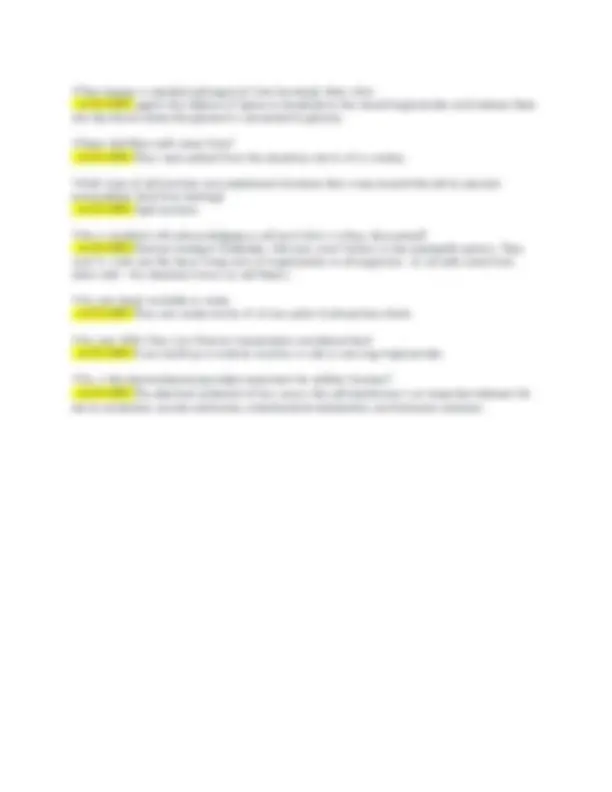


Study with the several resources on Docsity

Earn points by helping other students or get them with a premium plan


Prepare for your exams
Study with the several resources on Docsity

Earn points to download
Earn points by helping other students or get them with a premium plan
Community
Ask the community for help and clear up your study doubts
Discover the best universities in your country according to Docsity users
Free resources
Download our free guides on studying techniques, anxiety management strategies, and thesis advice from Docsity tutors
A series of questions and answers related to biology module 1, covering topics such as covalent bonds, amino acids, cell structure, and transport mechanisms. It serves as a valuable resource for students preparing for exams or reviewing key concepts. A variety of questions, ranging from basic definitions to more complex concepts, providing a comprehensive overview of the module's content.
Typology: Exams
1 / 18

This page cannot be seen from the preview
Don't miss anything!











A covalent bond occurs when
An atom that loses electrons becomes what kind of charger and why?
Complex sugars made of many monosaccharides linked together and named accordingly to the number of sugars
Each biomacromolecule is made up of
hydroxyl group (-OH)
Lysosomes serve as
Primary structure
Secondary Structure
The sodium-potassium pump is an
True or False: Eukaryotic cells are larger than prokaryotes
What is Matter? What state can it exist in?
What is the element constituent of Protein?